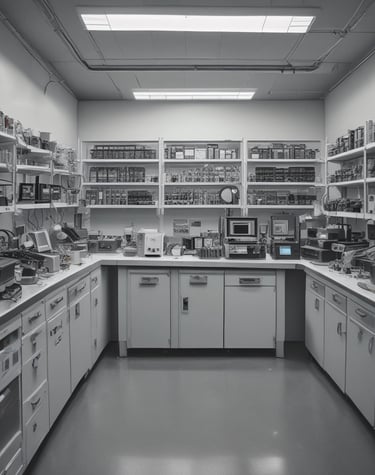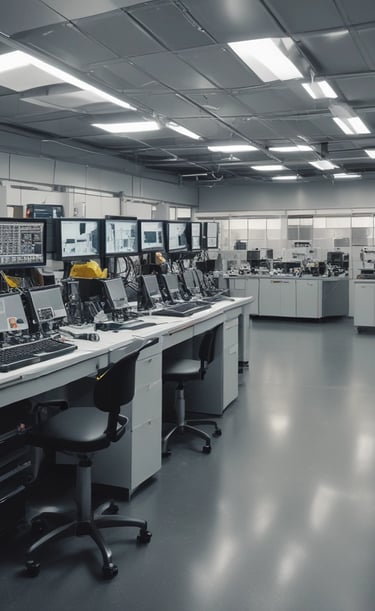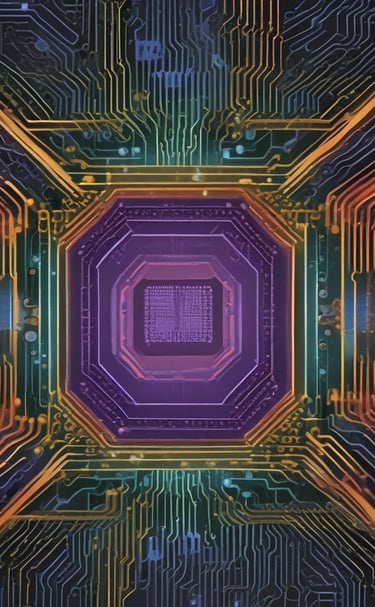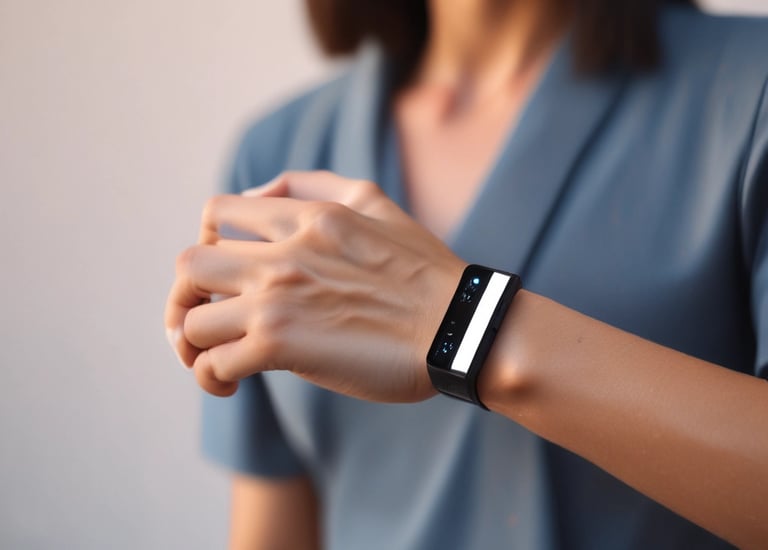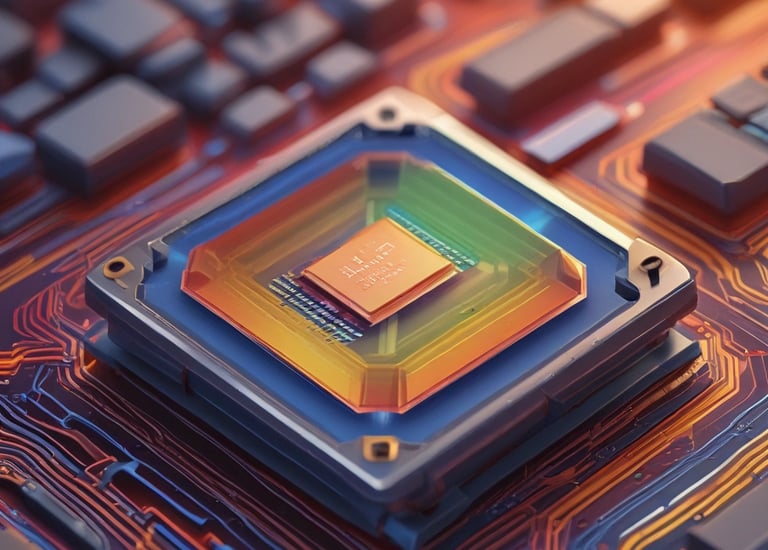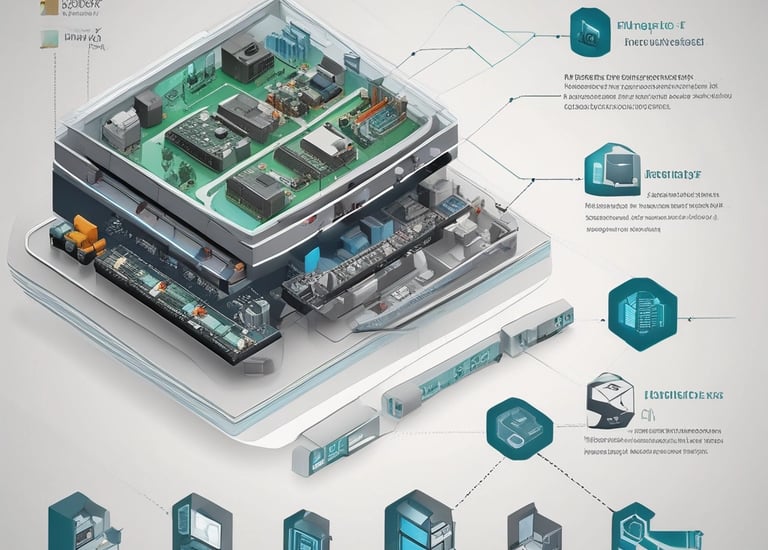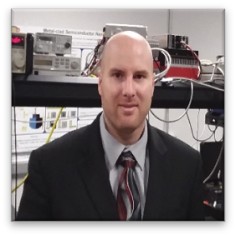At Baseer, our journey began with a question: What if we could see what’s happening inside the body—without needles, pain, or patches?
Founded by a team of scientists and engineers with deep roots in silicon photonics and biomedical innovation, Baseer set out to build a new kind of sensor—one that uses light to non-invasively detect health biomarkers like glucose.
Driven by the rising burden of chronic diseases in our region, especially diabetes, we envisioned a solution that could fit into daily life as easily as a smartwatch, while delivering medical-grade insights.
From our labs in Saudi Arabia, we developed a miniaturized spectrometer—the size of a chip, but powerful enough to read what’s happening beneath the skin. With support from national programs like NTDP and AlGarage, and partnerships with local healthcare institutions, we’re now preparing for clinical pilots and bringing our vision to life.
At Baseer, we believe in a future where health is monitored effortlessly, and insight comes from light. This is just the beginning.
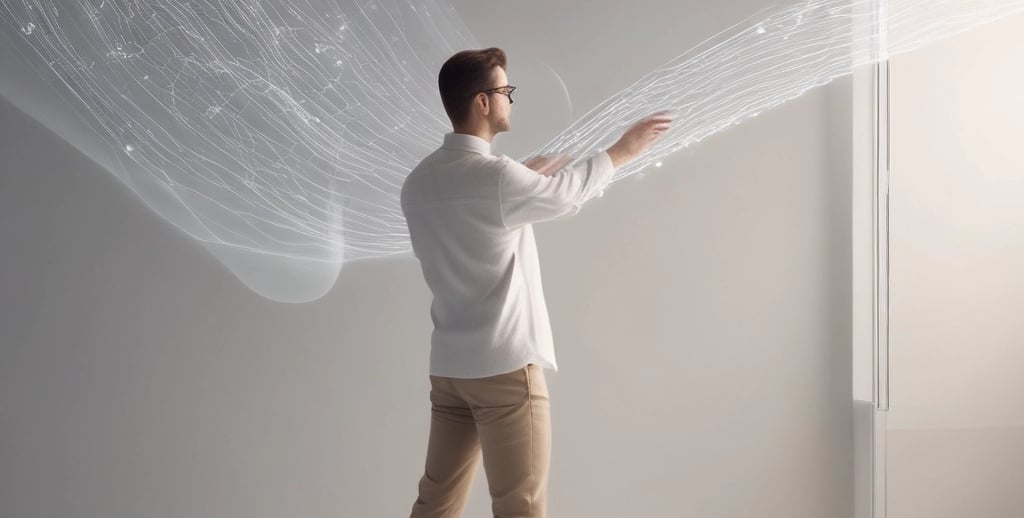

Who We Are
Baseer is a Saudi deep-tech startup pioneering non-invasive biosensing through miniaturized silicon photonics. Our mission is to transform health monitoring by using light to detect critical biomarkers—like glucose—without pain, patches, or blood. We blend cutting-edge science with local purpose to serve one of the region’s most urgent health needs: diabetes.
Why We Exist
Chronic diseases are on the rise, and outdated monitoring tools create barriers to early action. At Baseer, we’re building a future where health data is captured seamlessly—without disruption to daily life. Supported by national innovation programs and guided by a team of experts in photonics, semiconductors, and medical tech, we aim to make precision sensing simple, wearable, and accessible to all.
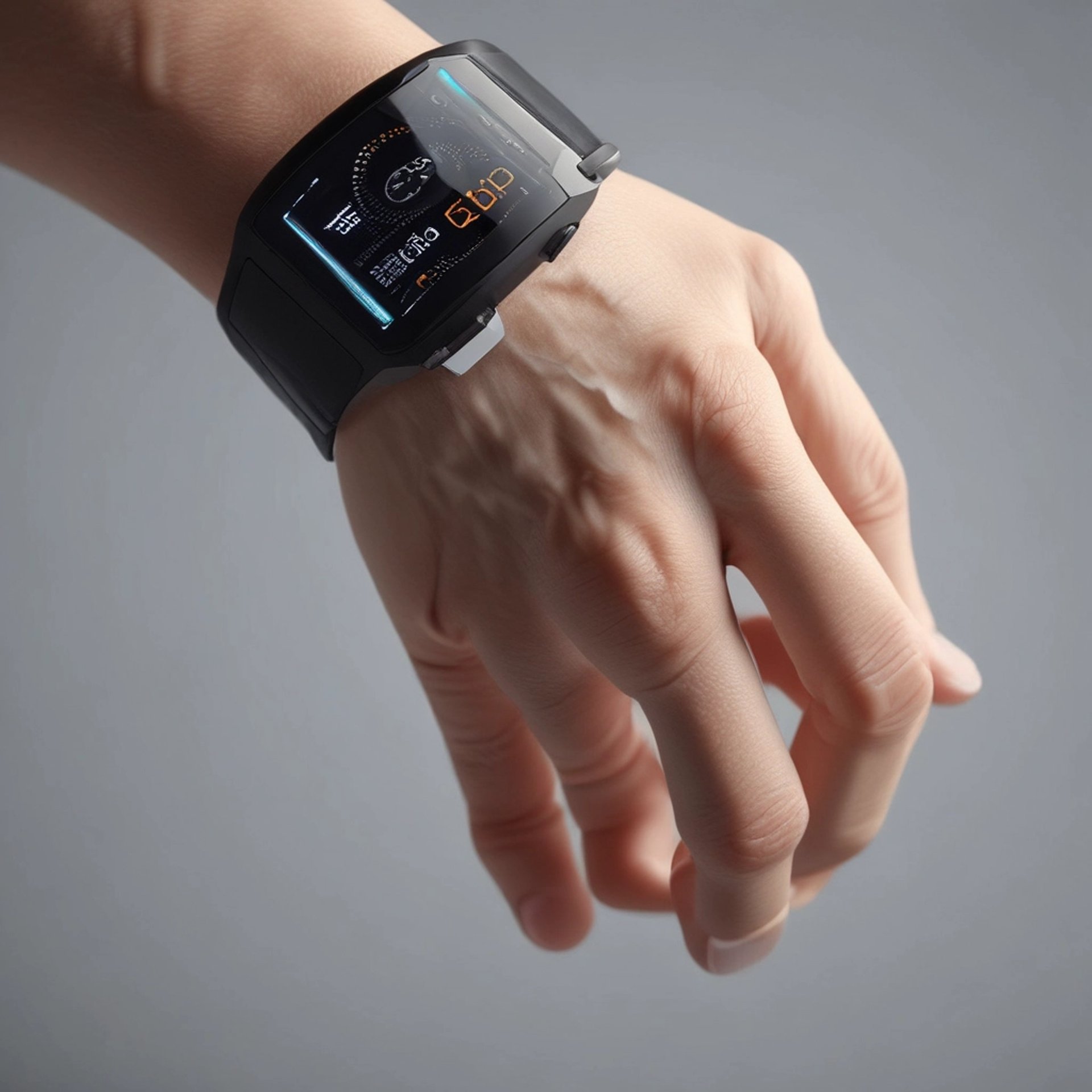
Non-Invasive Monitoring
Revolutionizing health diagnostics with advanced silicon photonics technology.

